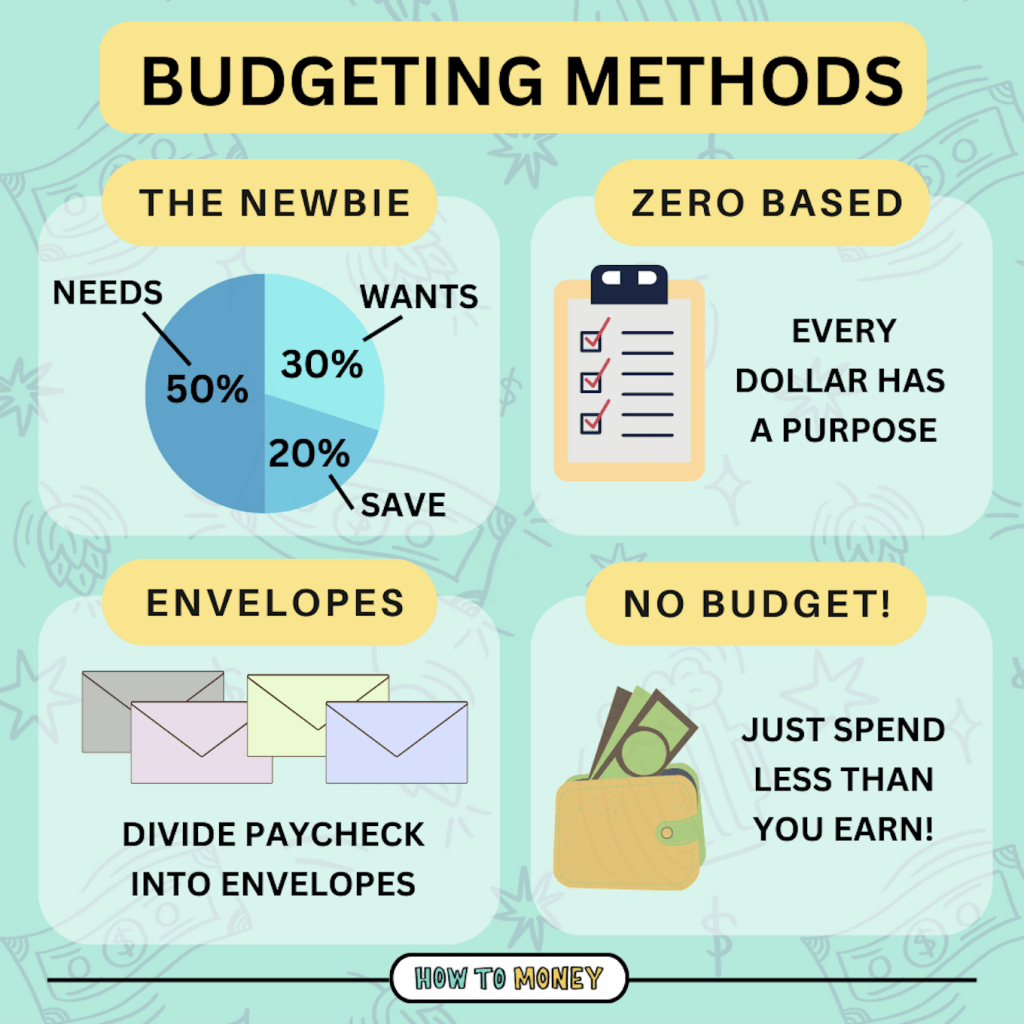
Explaining Money to a 10-Year-Old: A Kid-Friendly Guide
Money: It’s everywhere we look, but how well do kids really understand it? For a 10-year-old, the world is expanding, and they’re becoming more aware of what things cost and how people get them. This is the perfect time to start building a solid foundation of financial literacy. But how do you explain something as complex as money in a way that’s engaging and understandable for a child? Let’s break it down.
1. Start with the Basics: What Is Money?
-
The Barter System: Begin by explaining that long ago, people didn’t use money. They traded goods and services directly. "Imagine you were a farmer with lots of apples, and your neighbor was a baker with lots of bread. You might trade some apples for some bread." This is called bartering.
-
The Problem with Bartering: Ask your child what problems they think might arise with bartering. (e.g., "What if the baker doesn’t need apples? What if you don’t agree on how many apples equal one loaf of bread?")
-
The Invention of Money: Explain that money was invented to make trading easier. It’s a "middleman" – something everyone agrees has value. "Instead of trading apples for bread, you could sell your apples for money, and then use that money to buy bread from the baker."
-
Forms of Money: Explain that money can take different forms (coins, bills, digital money in bank accounts). The key is that it represents a specific value.
2. Earning Money: Where Does It Come From?
-
Jobs and Work: The most common way to earn money is by working. Explain different types of jobs, from working at a grocery store to being a teacher or a doctor. Emphasize that people get paid for their time and effort.
-
Allowance: If your child receives an allowance, explain that it’s a form of payment for doing chores or for learning to manage their own money. Be clear about what responsibilities come with the allowance.
-
Gifts: Sometimes, people receive money as gifts for birthdays or holidays. Explain that this is a special treat and that it’s still important to be responsible with it.
-
Entrepreneurship: Introduce the idea that people can also earn money by starting their own businesses. Give examples that a 10-year-old can relate to, such as selling lemonade, making crafts to sell at a local market, or offering pet-sitting services.
3. Spending Money: Making Choices
-
Needs vs. Wants: This is a crucial concept to introduce early. Explain that needs are things we must have to survive (food, shelter, clothing), while wants are things we’d like to have but can live without (toys, video games, candy).
- Activity: Play a game where you list different items and ask your child to categorize them as needs or wants.
-
Budgeting: Explain that a budget is a plan for how to spend your money. It helps you make sure you have enough money for the things you need and maybe some of the things you want.
- Simple Budgeting: Help your child create a simple budget for their allowance or any money they earn. Divide it into categories like "Saving," "Spending," and "Giving."
-
Making Smart Choices: Discuss how to compare prices and look for good deals. Talk about the importance of considering whether something is really worth the money before buying it.
-
Delayed Gratification: Explain that sometimes it’s worth waiting and saving up for something you really want instead of buying something cheaper right away.
4. Saving Money: The Power of Patience
-
Why Save? Explain that saving money is important for several reasons:
- Big Purchases: To buy something expensive, like a new bike or a video game console.
- Future Goals: To save for college, a car, or even a house someday.
- Emergencies: To have money available in case of unexpected expenses, like a broken phone or a medical bill.
-
How to Save:
- Piggy Banks: The classic method! It’s a visual way for kids to see their savings grow.
- Savings Accounts: Explain that banks offer savings accounts where you can deposit your money and earn a small amount of interest (more on that below).
-
Setting Goals: Help your child set a savings goal. For example, they might want to save up for a specific toy or game. Track their progress and celebrate milestones.
5. Investing Money: Making Your Money Grow
-
What is Investing? Explain that investing is like planting a seed and watching it grow. You put your money into something that you hope will increase in value over time.
-
Simple Investments:
-
Savings Accounts (Interest): Explain that when you put money in a savings account, the bank pays you a small amount of extra money called interest. It’s like the bank is paying you to keep your money there.
-
Stocks (Very Basic): You can introduce the idea of stocks in a very simplified way. Explain that when you buy a stock, you’re buying a small piece of a company. If the company does well, the value of your stock can go up. If the company does poorly, the value of your stock can go down. Important: Emphasize that investing in stocks involves risk and is generally not recommended for young children without adult supervision.
-
-
Long-Term Thinking: Explain that investing is usually a long-term strategy. It takes time for investments to grow, so you need to be patient.
6. Giving Money: The Joy of Helping Others
-
Charity and Philanthropy: Explain that giving money to charity is a way to help people in need or support causes you care about.
-
Making a Difference: Discuss how even small amounts of money can make a big difference in someone’s life.
-
Choosing a Cause: Help your child identify a cause they care about, such as helping animals, protecting the environment, or supporting children in need. Encourage them to donate a portion of their allowance or earnings to that cause.
7. Practical Tips for Teaching About Money
-
Lead by Example: Kids learn by watching their parents. Be responsible with your own money and talk openly about your financial decisions.
-
Make it Fun: Use games, activities, and real-life scenarios to make learning about money engaging and enjoyable.
-
Be Patient: Learning about money takes time. Don’t expect your child to grasp everything immediately. Be patient and answer their questions honestly.
-
Start Early: The earlier you start teaching your child about money, the better prepared they will be for the future.
-
Use Teachable Moments: Turn everyday situations into learning opportunities. For example, when you’re grocery shopping, talk about comparing prices and making smart choices.
-
Open Communication: Create a safe space for your child to ask questions about money without feeling embarrassed or judged.
Key Takeaways for Your 10-Year-Old
- Money is a tool that helps us get the things we need and want.
- We earn money by working or through other means.
- We can spend money on things we need and want, but it’s important to make smart choices.
- Saving money is important for future goals and emergencies.
- Investing money can help it grow over time.
- Giving money to charity is a way to help others.
By teaching your 10-year-old about money in a clear, engaging, and age-appropriate way, you’re setting them up for a lifetime of financial success and responsibility. Remember to be patient, lead by example, and make it fun!



